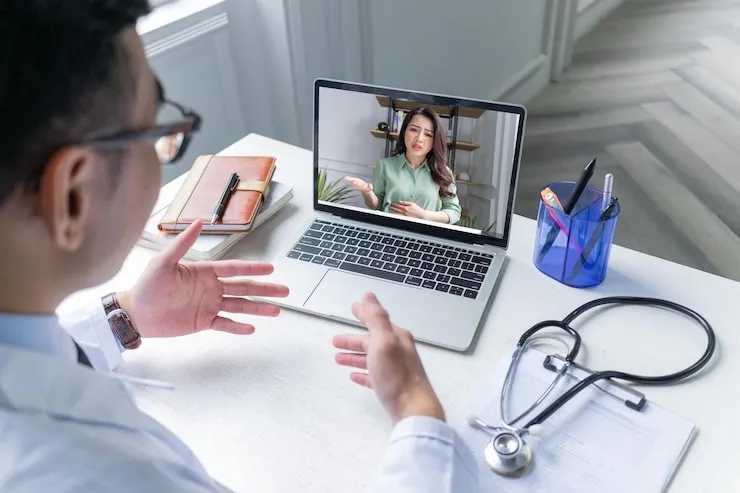The rise of virtual care has changed how patients access health services and how providers deliver them. But even as remote healthcare becomes the norm, one thing remains unclear for many: what’s the actual difference between telehealth and telemedicine?
That question isn’t just about semantics. It can impact how services are delivered, how they’re coded, how they’re reimbursed, and ultimately how your practice gets paid.
At Cadence Collaborative, we work with providers and clinics that want to navigate these terms with clarity so they can deliver care and get paid without confusion.
In this guide, we’ll break down the real differences, when to use each term, and how they impact patient care, compliance, and billing.
What Is Telehealth?
Imagine this: You live in a small town, hours away from the nearest hospital. You have a check-up coming up, but between work, family, and the cost of travel, it feels almost impossible to make it happen.
Now imagine opening your laptop, clicking a secure link, and talking to a nurse, a nutritionist, and your primary doctor — all in the same week — without leaving your home. That’s telehealth in action.
Telehealth is the big umbrella that covers all healthcare-related services delivered through technology. If it helps you stay healthy, get informed, or manage a condition — and it happens remotely — it’s telehealth.
It’s not limited to doctor’s visits. It’s a mix of clinical care (like check-ups and follow-ups) and non-clinical services (like health education, administrative support, and wellness programs).
Think of it as the entire ecosystem of digital healthcare.
Telehealth Isn’t Just for When You’re Sick
One of the biggest misconceptions about telehealth is that it’s only for people who are already unwell. In reality, it plays a huge role in prevention, education, and ongoing health management.
It could be a virtual workshop on managing stress, a series of online videos about nutrition for people with diabetes, or a secure message from a nurse reminding you to take your medication.
By combining convenience and accessibility, telehealth helps keep people engaged in their health before problems become emergencies.
Real-Life Telehealth Examples
Let’s make this concrete. Here’s what telehealth can look like in the real world:
- Educational Programs: A virtual seminar teaching new parents how to recognize early signs of childhood illnesses.
- Remote Monitoring: A wearable device that sends your heart rate and oxygen levels directly to your care team.
- Administrative Coordination: Getting your lab results reviewed and discussed via secure messaging instead of waiting for your next in-person appointment.
What Is Telemedicine?
If telehealth is the big umbrella, telemedicine is one very important part underneath it, the part that’s all about direct clinical care.
It’s the moment when a provider listens to your symptoms, makes a diagnosis, and decides on a treatment plan, all through technology.
Telemedicine focuses on diagnosing, treating, and managing medical conditions remotely, while maintaining the same standard of care you’d get in person.
Think of telemedicine as bringing the doctor’s office into your living room.
How Telemedicine Works in the Real World
You wake up with a sore throat and a fever. Instead of driving to urgent care, you book a video appointment. A doctor evaluates your symptoms, asks questions, and prescribes medication, all in under 20 minutes.
Or maybe you recently had surgery. Instead of traveling back to the hospital for a check-up, you connect with your surgeon via a secure video call. They check your incision, review your healing progress, and answer your questions.
These aren’t “extra” services; they’re full medical appointments, just without the physical trip.
The Scope of Telemedicine
Telemedicine can be used in virtually every medical specialty:
- Primary Care: Routine check-ups, follow-ups, and urgent concerns.
- Specialist Care: Cardiology, dermatology, psychiatry, and more.
- Chronic Condition Management: Regular monitoring and treatment adjustments for conditions like diabetes, hypertension, or asthma.
Unlike other telehealth services, telemedicine almost always involves updating a patient’s medical record and making decisions that affect treatment immediately.
Why Telemedicine Requires Precision in Billing and Coding
Because telemedicine is considered clinical care, insurance companies expect highly accurate medical billing and coding.
The wrong code can lead to claim denials or delays, especially since telemedicine visits often require specific modifiers or location codes to differentiate them from in-person care.
That’s why medical billing and coding services are essential for providers offering telemedicine. Our team ensures every service is properly documented, coded with precision, and compliant with payer requirements. The result? Faster reimbursements and fewer administrative headaches.
Telemedicine’s Impact on Patient Care
For patients, telemedicine means less travel, faster access to specialists, and more consistent follow-up care. For providers, it means the ability to reach more patients, reduce no-shows, and maintain strong relationships even from a distance.
It’s not about replacing in-person visits entirely — it’s about making quality care available anytime, anywhere.
Telehealth vs. Telemedicine: The Real Difference

It’s easy to mix these two up — they both use technology, they both connect patients and providers, and they both make healthcare more accessible. But the core difference is in scope.
Telehealth is the bigger picture. It includes everything that can happen remotely in healthcare — from clinical treatment to educational programs, administrative tasks, and health monitoring.
Telemedicine is inside that picture. It’s specifically about clinical care — diagnosing, treating, and following up with patients.
Think of telehealth as the entire online healthcare world, and telemedicine as the doctor’s office inside that world.
An Everyday Example
Let’s say you have high blood pressure.
- You attend an online class about reducing salt in your diet → Telehealth (educational, not clinical).
- You upload your blood pressure readings to a secure app for your care team to monitor → Telehealth (remote monitoring, still not direct treatment).
- You have a video appointment with your doctor to adjust your medication → Telemedicine (direct clinical decision).
Same patient, same condition — but depending on the service, it’s classified differently.
Why the Distinction Matters
From a patient’s perspective, knowing the difference helps set expectations. From a provider’s perspective, it’s crucial for:
- Compliance: Regulations often have separate definitions and requirements for each.
- Medical Billing and Coding: Insurance companies expect precise classification to approve claims. Using “telemedicine” for a non-clinical service — or vice versa — can cause delays or denials.
- Reputation: Clear communication builds trust with patients and payers.
At Cadence Collaborative, we help healthcare organizations use the correct definitions consistently, ensuring that every service — whether telehealth or telemedicine — is accurately billed, coded, and compliant.
How Telehealth Works in Practice
Telehealth isn’t just a piece of software or a quick video call — it’s an entire ecosystem of tools, processes, and people working together to deliver healthcare remotely.
It starts long before the patient clicks “Join Meeting” on a video call.
The Patient’s Journey
Imagine Sarah, who lives in a rural area. She wakes up feeling dizzy and lightheaded, but she doesn’t have easy access to transportation. Instead of skipping care, she logs into her healthcare provider’s online portal.
In just a few clicks, she:
- Schedules a same-day virtual appointment.
- Uploads her recent blood pressure readings from a home monitoring device.
- Sends a secure message to her care team describing her symptoms.
Before her appointment even starts, her provider already has the context needed to make a decision.
What Happens Behind the Scenes
On the provider’s end, telehealth requires:
- Technology Integration: Video conferencing that’s HIPAA-compliant, connected to Electronic Health Records (EHR).
- Workflow Planning: Scheduling systems that work for both in-person and virtual visits.
- Support Staff: Nurses, medical assistants, and coordinators who help patients navigate the process.
And once the visit is complete, there’s still an essential final step: medical billing and coding.
Every telehealth encounter needs to be documented and coded correctly. That’s where medical billing and coding services make a difference — ensuring the right CPT codes, modifiers, and service locations are used so insurance providers process claims without delays.
Real Examples of Telehealth in Action
- A nutritionist hosts a live virtual workshop for patients with prediabetes.
- A nurse calls to review medication adherence for a patient recently discharged from the hospital.
- A remote monitoring system alerts a care team when a heart failure patient’s weight increases — prompting early intervention.
These interactions aren’t “extra” or “optional” — they’re part of the modern standard of care.
Why Providers Rely on Expert Billing Support
Telehealth services can vary widely in complexity, from a quick nurse check-in to a multi-specialist virtual care conference. Each one has different billing requirements, and mistakes can mean denied claims.
That’s why many clinics partner with companies like us for medical billing and coding services — not just to get paid, but to ensure compliance and protect patient trust.
How Telemedicine Works in Practice
Telemedicine is where technology meets direct patient care. It’s not just about convenience — it’s about making real clinical decisions without requiring the patient and provider to be in the same room.
The difference from telehealth is subtle but important: telemedicine is always diagnosis or treatment-focused.
A Day in the Life of a Telemedicine Appointment
Let’s follow a typical scenario.
John, a 58-year-old with type 2 diabetes, wakes up feeling unusually tired. Instead of driving 45 minutes to his doctor’s office, he schedules a video visit through his provider’s portal.
Here’s what happens:
- Pre-Visit Prep
John fills out a short online form describing his symptoms and recent blood sugar levels. The system uploads this data directly into his Electronic Health Record (EHR). - The Virtual Consultation
At the scheduled time, John connects with his doctor via a secure, HIPAA-compliant video platform.
- The doctor reviews his recent readings.
- Asks targeted questions.
- Decides to adjust John’s medication dosage.
- The doctor reviews his recent readings.
- Follow-Up Plan
John’s doctor sends a prescription to his local pharmacy and schedules a follow-up video appointment in two weeks to monitor progress. - Billing & Documentation
The visit is documented in detail, including the service provided, diagnosis, and treatment plan. Then comes medical billing and coding — selecting the correct CPT code for a telemedicine visit, applying the right modifiers, and ensuring payer requirements are met.
The Technology Making It Possible
Telemedicine relies on:
- Secure Video Platforms integrated with EHR systems.
- Digital Prescriptions that can be sent instantly.
- Remote Monitoring Devices like glucometers, blood pressure cuffs, or ECG patches that feed data directly to the care team.
Why Medical Billing and Coding Is Critical for Telemedicine
Because telemedicine involves direct patient treatment, accuracy in billing and coding is non-negotiable. Insurers often require specific documentation that clearly shows a clinical decision was made during the visit.
At Cadence Collaborative, our medical billing and coding services ensure that every telemedicine visit meets these standards — reducing claim denials, speeding up payments, and keeping providers compliant.
Real-Life Examples of Telemedicine
- A psychiatrist adjusts medication for a patient with anxiety during a virtual session.
- A dermatologist reviews photos of a skin lesion and recommends immediate treatment.
- A cardiologist uses remote ECG data to determine if a patient needs to change their medication.
Each of these involves a clinical judgment — which is why they’re telemedicine, not just telehealth.
Conclusion
In the fast-changing world of healthcare, telehealth and telemedicine aren’t just buzzwords — they’re part of how care is delivered every single day. And while they share similarities, the difference between them matters more than most people realize.
Getting these terms right isn’t about being “technically correct” for its own sake. It’s about:
- Keeping your organization compliant with regulations.
- Ensuring accurate medical billing and coding so claims get approved quickly.
- Building patient trust by communicating clearly.
At Cadence Collaborative, we know how much precision matters.
Our medical billing and coding services help healthcare providers avoid costly mistakes, streamline their revenue cycles, and stay fully aligned with payer requirements, whether they’re delivering telehealth, telemedicine, or both.
If you’re ready to make your virtual care services smoother, more compliant, and more profitable, we can help you every step of the way.
Let’s talk about how to optimize your telehealth and telemedicine strategy today. Contact us!






